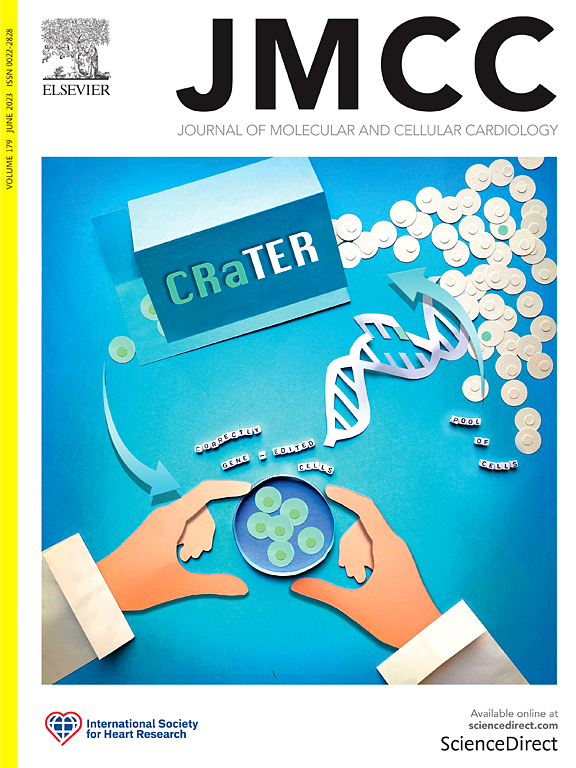Circadian determinants of heart rhythm and arrhythmias
IF 4.7
2区 医学
Q1 CARDIAC & CARDIOVASCULAR SYSTEMS
引用次数: 0
Abstract
This review concerns the mechanisms underlying the circadian rhythm in the electrical activity of the healthy heart. Attention is focussed on the circadian rhythm of the heart rate, the PR interval and the vulnerability to ventricular tachyarrhythmias, because they help to explain the circadian rhythm in the incidence of bradyarrhythmias, atrioventricular block, ventricular fibrillation and sudden cardiac death. Ultimately, all cardiac circadian rhythms are assumed to be extracardiac in origin, driven by a master circadian clock in the suprachiasmatic nucleus (SCN) in the hypothalamus and this review summarises our current understanding of how the SCN is responsible. The oldest explanation is that cardiac circadian rhythms are the result of an acute post-translational regulation of cardiac ion channels by the autonomic nervous system under the control of the SCN – this may be involved, but current evidence is controvertible. There is good evidence that rhythms in the transcription of cardiac ion channels are involved - driven by local circadian clocks in the heart and circadian rhythms in plasma catecholamines and glucocorticoid (all ultimately under the control of the SCN). There is also a plausible suggestion that the core body temperature under the control of the SCN is involved. Understanding the processes involved will potentially highlight new ways of treating cardiac arrhythmias – for example, recently, a glucocorticoid receptor blocker has been shown to prevent the morning increase in ventricular arrhythmia susceptibility in the mouse.
心律和心律失常的昼夜节律决定因素。
本文综述了健康心脏电活动的昼夜节律机制。关注心率和PR间期的昼夜节律,因为它们有助于解释慢速心律失常和房室传导阻滞发生率的昼夜节律,以及室性快速心律失常的易感性,因为它有助于解释室性颤动和心源性猝死发生率的昼夜节律。最终,所有的心脏昼夜节律都被认为起源于心外,由下丘脑视交叉上核(SCN)中的主昼夜节律钟驱动,本综述总结了我们目前对SCN如何负责的理解。最古老的解释是,心脏昼夜节律是自主神经系统在SCN控制下对心脏离子通道进行翻译后急性调节的结果——这可能涉及其中,但目前的证据是有争议的。有充分的证据表明,心脏离子通道的转录节律参与其中——由心脏的局部生物钟和血浆儿茶酚胺和糖皮质激素的昼夜节律驱动(最终都在SCN的控制之下)。也有一种似是而非的说法认为,这与SCN控制下的核心体温有关。了解其中的过程将潜在地突出治疗心律失常的新方法-例如,最近,糖皮质激素受体阻滞剂已被证明可以防止小鼠室性心律失常易感性的早晨增加。
本文章由计算机程序翻译,如有差异,请以英文原文为准。
求助全文
约1分钟内获得全文
求助全文
来源期刊
CiteScore
10.70
自引率
0.00%
发文量
171
审稿时长
42 days
期刊介绍:
The Journal of Molecular and Cellular Cardiology publishes work advancing knowledge of the mechanisms responsible for both normal and diseased cardiovascular function. To this end papers are published in all relevant areas. These include (but are not limited to): structural biology; genetics; proteomics; morphology; stem cells; molecular biology; metabolism; biophysics; bioengineering; computational modeling and systems analysis; electrophysiology; pharmacology and physiology. Papers are encouraged with both basic and translational approaches. The journal is directed not only to basic scientists but also to clinical cardiologists who wish to follow the rapidly advancing frontiers of basic knowledge of the heart and circulation.

 求助内容:
求助内容: 应助结果提醒方式:
应助结果提醒方式:


